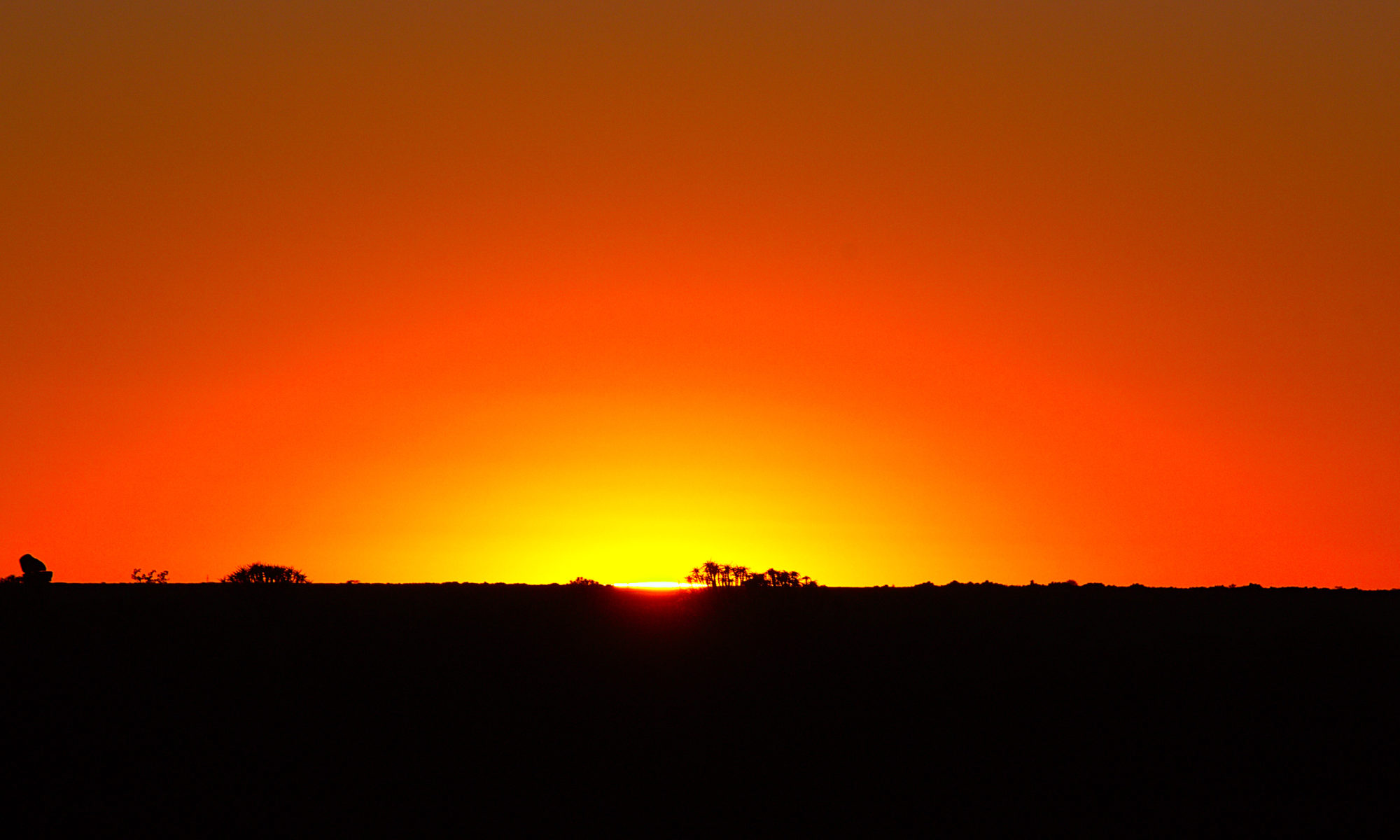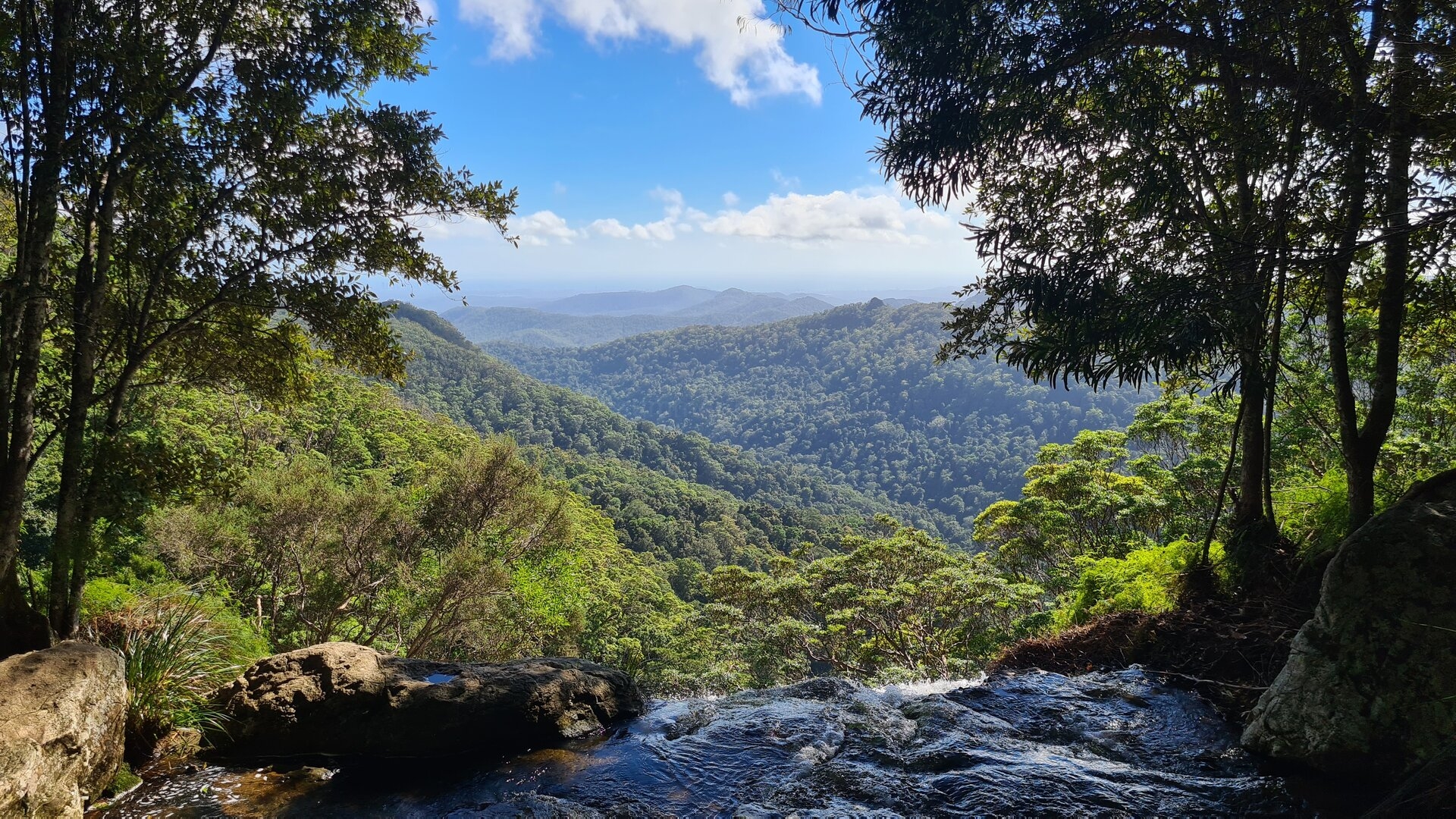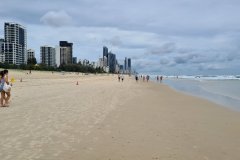The Gold Coast: Surf, Sky, and Subtropical Splendour
Australia’s Gold Coast is more than just shimmering beaches and sunny days — it’s a dynamic mix of natural beauty, laid-back lifestyle, and vibrant energy that has earned it a spot among the world’s great coastal destinations. Stretching over 70 kilometres of coastline and backed by lush hinterland, the Gold Coast offers a little bit of everything: iconic surf, mountain rainforests, fine dining, thrill rides, and cultural pockets waiting to be discovered.
From the skyscrapers of Surfers Paradise to the waterfalls of Springbrook and the markets of Burleigh, this region invites visitors to experience Queensland at its most diverse and alive.
A Coastal Story: From Indigenous Country to International Playground
The Gold Coast lies on the traditional lands of the Yugambeh people, who have lived in and cared for this land for tens of thousands of years. The ocean, rivers, and mountains have long provided food, shelter, and cultural meaning — and many place names still reflect Yugambeh language and heritage.
European settlement began in the mid-1800s, initially centred around timber cutting, cattle, and sugarcane farming. By the 1920s, coastal towns like Southport and Coolangatta were popular holiday spots for Brisbane residents. After World War II, the area boomed, rebranding as the “Gold Coast” in 1958 — a name that captured its glittering allure and property boom appeal.
Today, the Gold Coast is Queensland’s second-largest city and a global destination known for tourism, innovation, sport, and a sun-kissed lifestyle.
What to See and Do on the Gold Coast
Beaches and Surf
The coastline is the Gold Coast’s greatest asset, and its beaches are famous for good reason. From family-friendly swimming spots to world-class surf breaks, the coast offers something for every kind of beachgoer.
- Surfers Paradise: The city’s beating heart — a long, sandy beach bordered by high-rise towers, beach markets, and endless entertainment.
- Burleigh Heads: A favourite with locals, known for its surf culture, national park walks, and laid-back vibe.
- Currumbin and Coolangatta: Mellow beach towns with excellent swimming and a strong sense of community.
Surf schools, life-saving clubs, and beachside cafés dot the coast, creating a lively but relaxed seaside culture.
Hinterland Escapes
Just a short drive inland lies the Gold Coast Hinterland, a world of rainforest trails, waterfalls, and mountain villages. Highlights include:
- Springbrook National Park: Featuring Natural Bridge, dramatic cliffs, and glow worm caves.
- Tamborine Mountain: Home to walking trails, wineries, art galleries, and panoramic lookouts.
- Lamington National Park: A UNESCO-listed area known for its Gondwana rainforests and birdwatching opportunities.
These green spaces offer cool retreats from the coast and showcase the region’s ancient geological roots.
Adventure and Attractions
The Gold Coast is often dubbed Australia’s theme park capital — and for good reason. Families and thrill-seekers flock to:
- Dreamworld and Warner Bros. Movie World for rides and characters
- Sea World for marine encounters
- Wet’n’Wild for waterpark fun
Elsewhere, visitors can try skydiving over the beach, zip-lining through treetops, jet boating, or hot air ballooning over the hinterland.
Culture and Food
The Gold Coast has shed its old reputation for only glitz and kitsch. Today, you’ll find a growing cultural scene, from independent galleries to world-class festivals.
- HOTA (Home of the Arts) in Bundall hosts theatre, art exhibitions, outdoor concerts, and a Sunday farmers’ market.
- Burleigh Heads and Palm Beach offer a creative, coastal culinary scene with stylish cafés, craft breweries, and beachfront dining.
- Miami Marketta is a street food haven with live music and art events — a true taste of local creativity.
Geology: From Volcanoes to Sea Level Rise
The Gold Coast’s topography is a product of volcanic activity, erosion, and marine influence over millions of years.
- The hinterland hills — including Springbrook and Tamborine — are the remnants of the ancient Tweed Volcano, which erupted about 23 million years ago.
- Basalt lava flows from this shield volcano formed plateaus and fertile soils inland.
- Coastal dunes and estuaries developed as sea levels rose and fell, creating the modern beachfront and river systems.
Much of the city is built on sand plains and river deltas, making engineering and flood management key parts of modern development. The stunning contrast between ocean, sand, and rainforest is a direct result of this complex geological history.
When to Visit the Gold Coast
The Gold Coast enjoys a subtropical climate, with over 300 sunny days a year.
- Summer (Dec–Feb): Hot and humid — great for beach days and nightlife, though afternoon storms are common.
- Autumn (Mar–May): Warm and dry — excellent for outdoor adventures and fewer crowds.
- Winter (Jun–Aug): Mild and sunny — perfect for hiking and whale watching.
- Spring (Sep–Nov): Ideal weather, with wildflowers in the hinterland and lively beach culture returning.
Events like Bleach Festival*, Groundwater Country Music Festival, and Gold Coast Marathon give extra reason to visit.
Conclusion: Gold Coast — Where Coast Meets Culture
The Gold Coast is more than its name suggests. It’s a place of contrast and connection — where skyscrapers stand beside surfboards, where ancient rainforests loom behind theme parks, and where creative energy pulses through relaxed beach towns.
Whether you’re coming for adrenaline or stillness, sun or subtropical forest, fine dining or fish and chips by the sea, the Gold Coast has something waiting for you. And once you’re here, you’ll quickly understand why people return — not just to visit, but to stay.

























